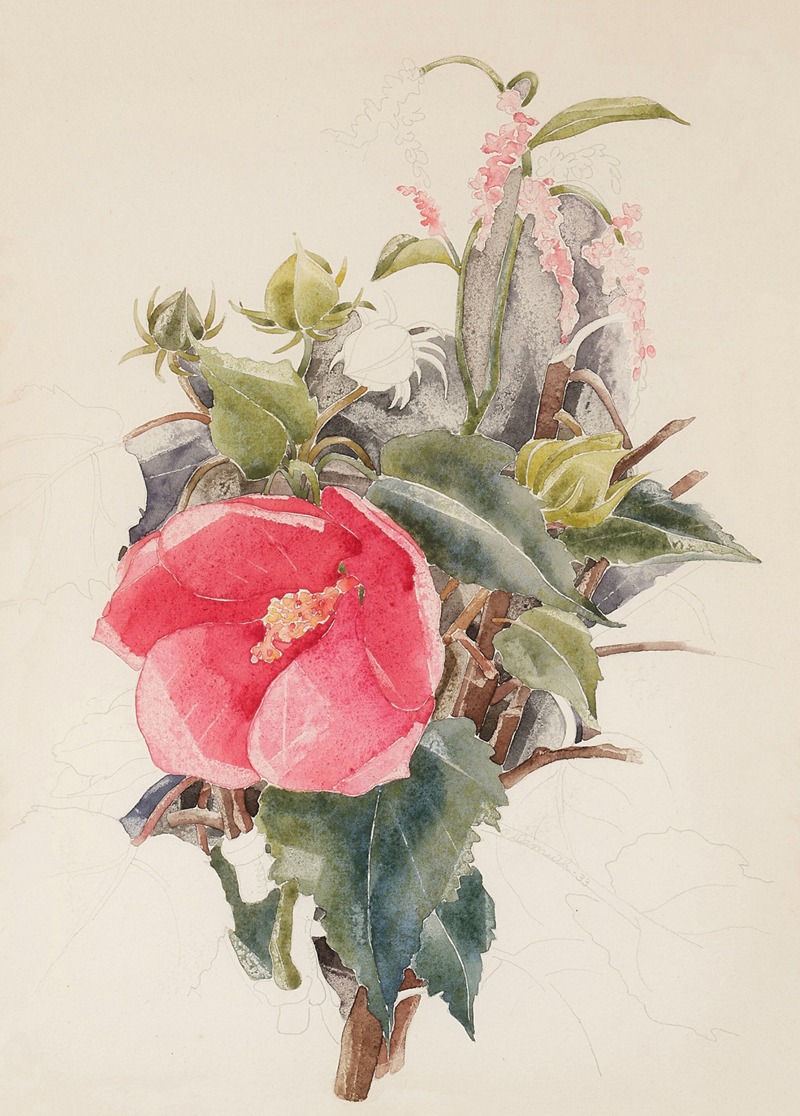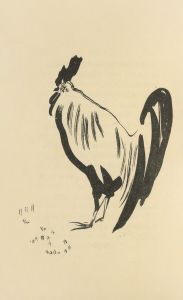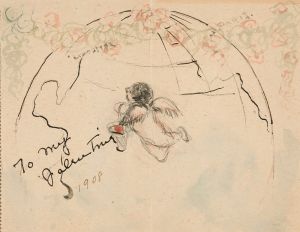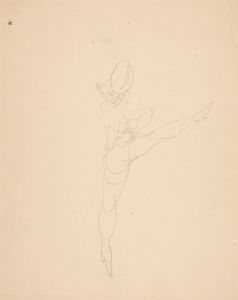
Hibiscus
A hand-painted replica of Charles Demuth’s masterpiece Hibiscus, meticulously crafted by professional artists to capture the true essence of the original. Each piece is created with museum-quality canvas and rare mineral pigments, carefully painted by experienced artists with delicate brushstrokes and rich, layered colors to perfectly recreate the texture of the original artwork. Unlike machine-printed reproductions, this hand-painted version brings the painting to life, infused with the artist’s emotions and skill in every stroke. Whether for personal collection or home decoration, it instantly elevates the artistic atmosphere of any space.
Charles Demuth's "Hibiscus" is a notable work within the oeuvre of this American artist, who is best known for his contributions to the Precisionist movement. Demuth, born in 1883 in Lancaster, Pennsylvania, was a pivotal figure in early 20th-century American art, and his works often reflect a blend of realism and abstraction, characterized by clean lines and geometric forms.
"Hibiscus" exemplifies Demuth's interest in botanical subjects, a theme that recurs throughout his career. Although the exact date of creation for "Hibiscus" is not widely documented, it is consistent with Demuth's broader body of work that often explored floral themes. His floral paintings are celebrated for their delicate balance between detailed representation and stylized abstraction, capturing the essence of the subject while also emphasizing form and color.
Demuth's approach to painting flowers, including the hibiscus, was influenced by his background in both fine arts and commercial illustration. He studied at the Pennsylvania Academy of the Fine Arts and later at the Académie Colarossi in Paris, where he was exposed to avant-garde movements that shaped his artistic vision. His floral works often reflect the influence of Post-Impressionism and Cubism, movements that emphasized the use of color and form to convey emotion and structure.
In "Hibiscus," Demuth employs a meticulous technique to render the flower with precision and clarity. The painting likely features a close-up view of the hibiscus, allowing the viewer to appreciate the intricate details of the petals and the vibrant hues that characterize the flower. This focus on detail is a hallmark of Demuth's style, which often involves a careful study of light and shadow to create depth and dimension.
The choice of the hibiscus as a subject may also reflect Demuth's interest in the exotic and the decorative, themes that were popular in the early 20th century. The hibiscus, with its bold colors and striking form, provides an ideal subject for Demuth's exploration of color and composition. His ability to transform a simple flower into a work of art speaks to his skill as a painter and his innovative approach to traditional subjects.
Demuth's work, including "Hibiscus," has been influential in the development of American modernism. His paintings are held in high regard for their technical skill and their contribution to the Precisionist movement, which sought to capture the modern American landscape and its industrial advancements through a lens of clarity and order.
While "Hibiscus" may not be as widely recognized as some of Demuth's other works, such as "I Saw the Figure 5 in Gold," it remains an important example of his artistic exploration and mastery of form and color. Today, Demuth's paintings can be found in major collections, including the Metropolitan Museum of Art and the Whitney Museum of American Art, where they continue to be studied and admired for their innovative approach to American art.


















